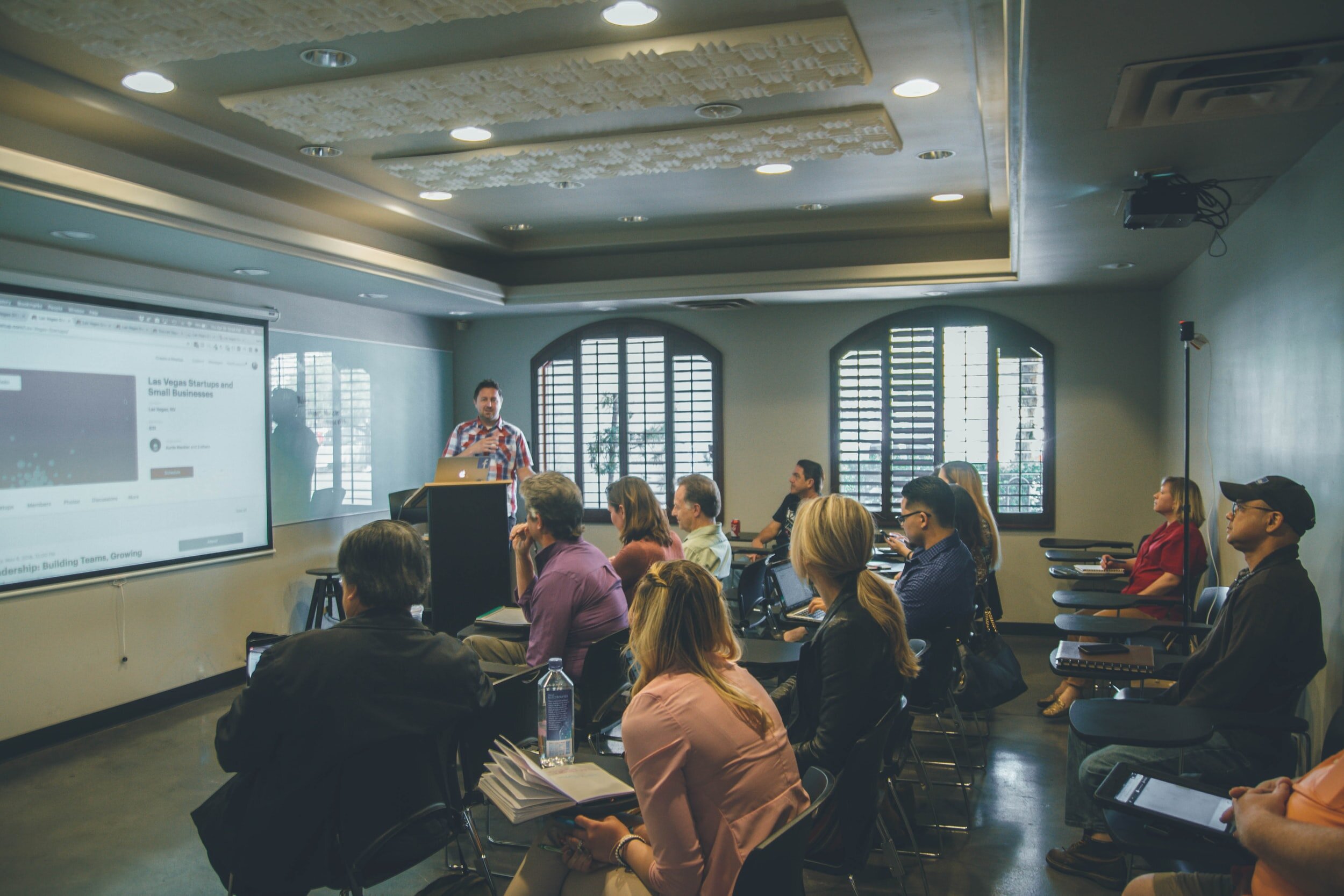Finding gems in limited data: How we went from “ungeneralizable” to valuable findings
by Anna CohenMiller, Vivi Storsletten, Amsale Temesgen, Kaspar Rasmussen, Joanna Morawska, and Lusine Talalyan
Have you ever had a research study unfold exactly as planned? Have you ever collected data that didn’t initially fit your first plans?
Joining an interdisciplinary, international team of researchers is always an exciting endeavor. Interdisciplinary research collaborations offer novel directions to address complex problems, especially across international teams. At Nord University in Norway, we have had a chance to develop an interdisciplinary, international team across multiple topics as part of a nine-university alliance – the European University of the Seas (SEA-EU). It is one of several alliances in the European Universities program aiming to work towards achieving the priorities of the European Commission. In January 2023, Nord University joined the alliance and we have been involved in one of the projects, to work towards creating training pathways across higher education institutions.
Our team of researchers was initially brought together by lead faculty members in ecological economics led by Vivi Storsletten and Amsale Temesgen and digital pedagogy by Kaspar Rasmussen. Others were brought in to provide additional insights around the disciplinary topics and research, including Joanna Morawska around innovation and ecosystems in higher education, Lusine Talalyan as a Ph.D. fellow in business, and Anna CohenMiller in educational leadership and research methods around equity and inclusion. In addition to the core team of researchers, it was decided to include an interdisciplinary expert panel to offer diverse expertise around survey design, analysis and the topics of capacity building and sustainable development goals focusing on sustainability, digitalization, and research methods.
We developed a survey through a process of co-creation. Our process began with assessing the needs and preferences for competence building across the Alliance universities. The survey went through multiple iterations of development, including delving into intricacies of language and cultural differences across cultural contexts, translating the survey based upon the needs of the local communities. After an intensive set of work, the survey was sent out in the summer of 2023, shared with our nine partner universities: University of Split, Croatia; University of Bretagne Occidental, France; University of Kiel, Germany; University of Naples Parthenope, Italy; University of Malta, Malta; Nord University, Norway; University of Gdansk, Poland; University of the Algarve, Portugal; and University of Cadiz, Spain.
Limited Responses
While potential participants had two months to fill out the survey, the results were low. While the survey data presented a diverse range of responses from universities involved in the SEA-EU alliance, in total, we received 674 responses from the nine universities. The data was skewed with some universities having a high response rate and others having quite low responses. For instance, one university has 174 participant responses while another had only 11, making it challenging, or even impossible to consider generalizations across higher education institutions.
It was an initial disappointing outcome.
Thankfully we paused and came together to think through what could be understood from what we had found.
This pause and critical reflection could be considered as a means of engaging in rigid flexibility - the recognition that we can have a set goal and reach it in flexible ways. We wondered, was there anything to do with such disparate responses? Was there a way to say something about all the data collectively? What value could we try to find from the data and our processes?
As a team, we discussed the results, the process, and had a chance to bring in outside colleagues to offer their perspectives as well. We spent some time considering reasons for a low response, such as the survey's relevance for the university, the timing of the survey, or the method of distribution.
Finding Gems to Write About
As a result, we found ourselves going from having what seemed to be solely limited, even insufficient data, to identifying valuable findings as a team and for next steps. Here are three key takeaways:
Co-produced, collaborative research offers valuable learning processes. The collaborative process facilitated a better understanding of our processes. We saw new ways to interpret our processes, research design, data collection, analysis and results in working across interdisciplinary, international teams.
Participant engagement highlights commitment and passion around the topics of the research. We were able to see a set of deeply curious and committed individuals who took the time to answer the questions. Those who responded to the survey provide valuable and relevant information, reflecting their prioritization of the topics addressed.
There is great potential for future steps. Through the survey, we were able to successfully recognize and identify across universities that there are people interested and passionate about sustainable development goals in higher education, and wanting to learn more and share about their expertise.
We found that, while the findings aren't universally applicable, they offer valuable insights when looking within individual universities instead of making inter-university comparisons. These insights can play a pivotal role in guiding future research steps, interpreting results, and shaping the content of workshops and courses. Ultimately, our research outcome revealed that even when it doesn't align with our initial expectations, it can still provide valuable insights, informing subsequent research and practical actions.































Looking back at 2023, find all posts here!
We explored stages of a research project, from concept to publication. In each quarter we focused on one part of the process. In this recap for the year you will find original guest posts, interviews, curated collections of open-access resources, recordings from webinars or roundtable discussions, and instructional resources.